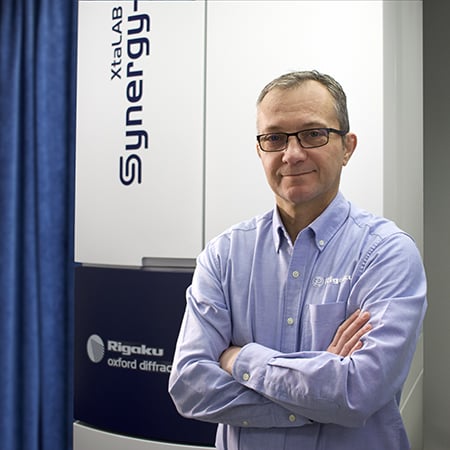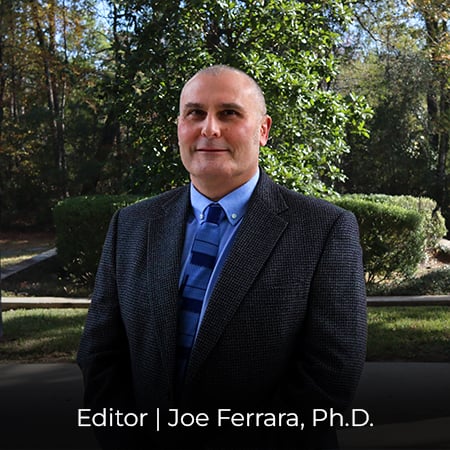In-situ structural chemistry techniques enable us to follow the underlying structure changes in a switchable materials in real time, elucidating the key structure-property correlations that underpin their useful functionality. The in-situ study of photo-induced changes using single-crystal methods is known as Photocrystallography, and the technique has grown rapidly since its inception in the mid-1990s. Most particularly, the combination of pump-probe time-resolved methodologies with in-situ X-ray diffraction techniques enables the generation of real time “molecular movies”, where crystallographers can watch the chemistry of their materials unfold in 3D and in real time.
Due in part to the complexity of the experimental set-ups required for pump-probe synchronization, and to the inherent X-ray flux limitation caused by the very short (millisecond to picosecond) X-ray exposures needed to capture fast structural dynamics, time-resolved Photocrystallography experiments have traditionally been confined to synchrotron sources. However, the fast readout, electronically-gateable HPAD detectors, and the increasingly bright X-ray sources that are now available for laboratory instruments, are enabling researchers to move time-resolved studies back into the home X-ray lab. In this Webinar we will describe a new set-up, developed in collaboration between Cardiff University and Rigaku, that enables the collection of pump-probe Photocrystallography data down to a time-resolution of 10 ms, producing full, 3D structures at regular time-points to create 3D molecular movies. We will also discuss the requirements, challenges and implications of the experiments enabled by the equipment for the future development of the time-resolved Photocrystallographic method.

Contact Us
Whether you're interested in getting a quote, want a demo, need technical support, or simply have a question, we're here to help.

Subscribe to the Crystallography Times newsletter
Stay up to date with single crystal analysis news and upcoming events, learn about researchers in the field, new techniques and products, and explore helpful tips.
